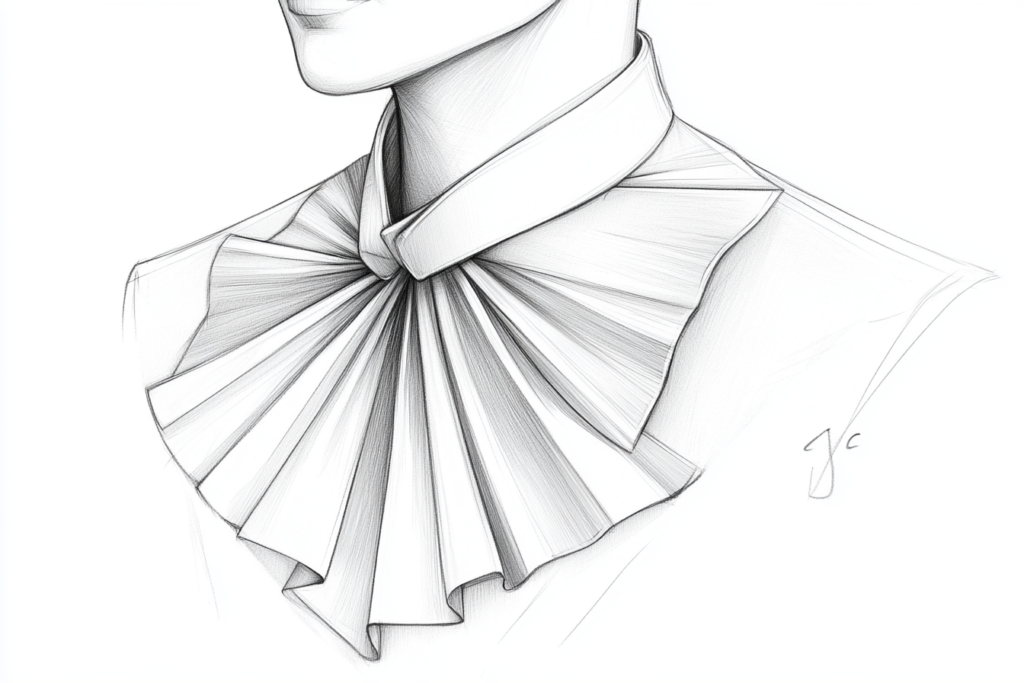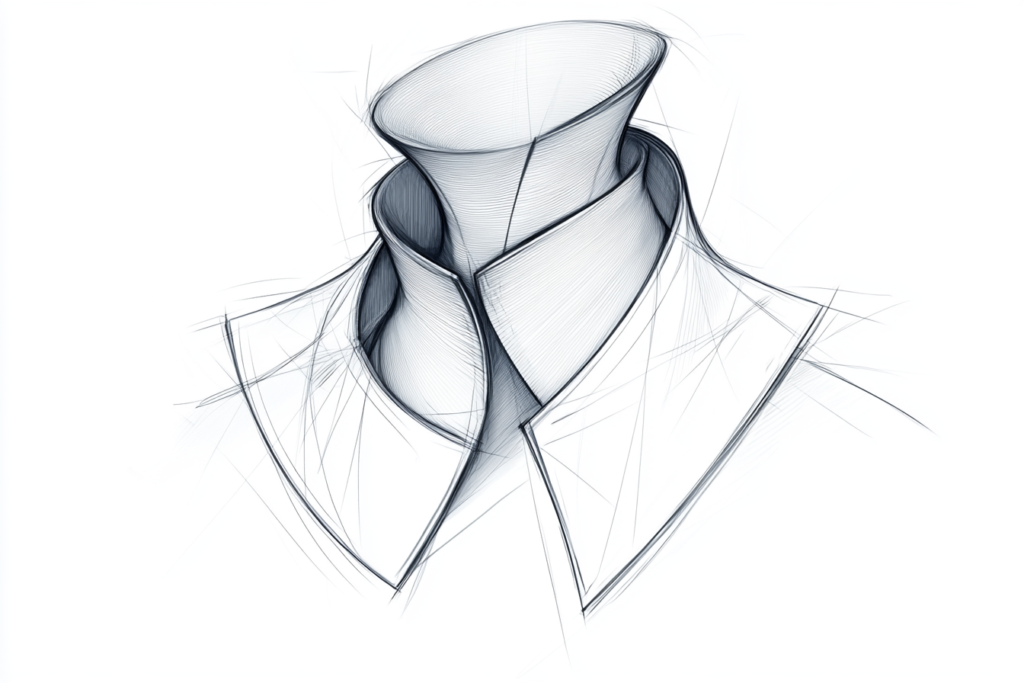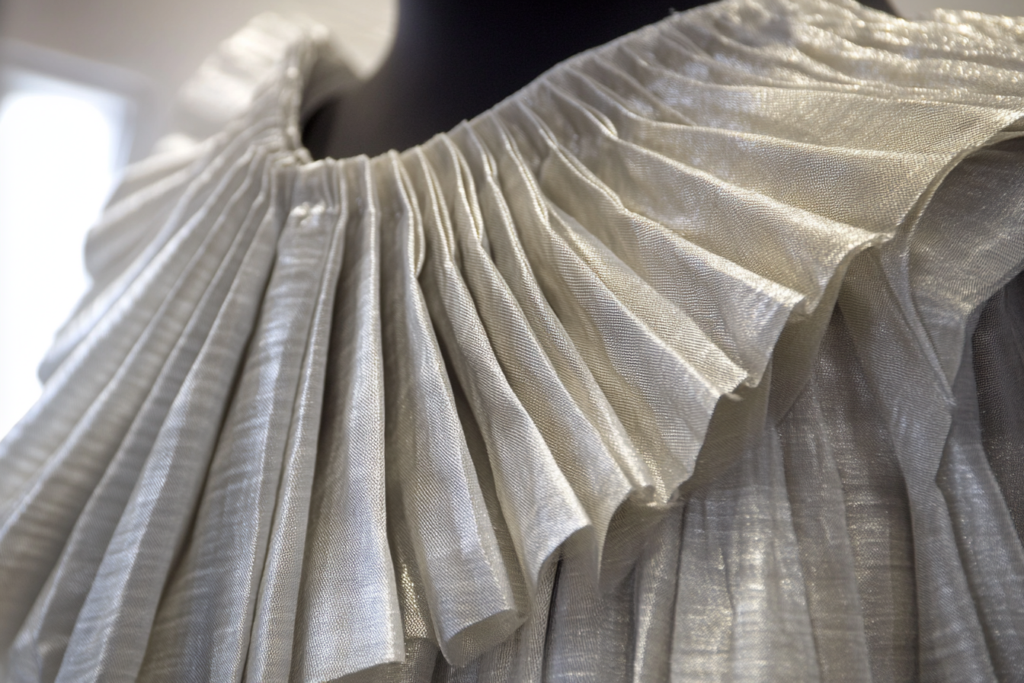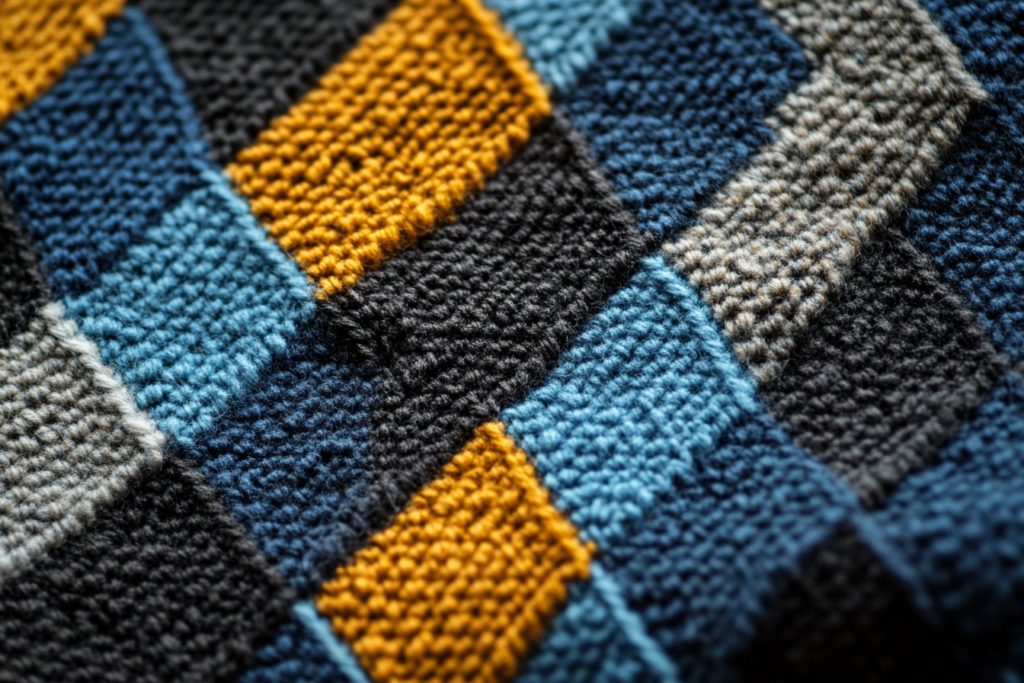Introduction: What is a Break Point in Fashion Design?
In garment design, the break point refers to the specific point where the collar of a garment folds over the side of the fabric. It’s an essential detail in the overall construction of collared garments, such as shirts, jackets, and coats. The break point not only serves as a design feature but also affects the garment’s fit, comfort, and visual appeal.
The break point is crucial for ensuring that the collar sits correctly and creates a smooth, polished look when the garment is worn. In this article, we will delve into the concept of the break point, how it influences collar design, and its role in creating a well-constructed garment.


How Does the Break Point Work in Garment Construction?
The break point is typically located along the collar of a garment where the fabric naturally folds over, creating a sharp or smooth edge. This point is essential in ensuring that the collar lays flat and maintains its shape. Here’s how it works:
- Collar Design:
- When designing a collar, the break point determines where the collar’s edges will fold and how they will align with the rest of the garment. Designers often use the break point to ensure that the collar provides a sharp, clean look without unnecessary bunching or shifting.
- Proper Alignment:
- The collar needs to be aligned correctly at the break point to ensure that it stays in place while also allowing for ease of movement. A well-positioned break point ensures that the collar remains in place even during active movement, without creating uncomfortable folds or wrinkles.
- Aesthetic Impact:
- The break point significantly influences the visual appearance of a garment. A collar with an improper break point may look sloppy or misaligned, detracting from the overall design. The placement of the break point allows designers to achieve the desired look, whether it’s a crisp, sharp collar or a softer, more relaxed fold.
Why is the Break Point Important in Fashion Design?
The break point plays a critical role in both the functionality and aesthetic appeal of a garment:
- Collar Fit and Comfort:
- The position of the break point directly impacts the collar’s fit around the neck and shoulders. A properly placed break point ensures that the collar fits snugly without feeling too tight or too loose, which can lead to discomfort.
- Garment Structure:
- The break point contributes to the overall structure of the garment. It helps ensure that the collar lays flat and remains in position, providing the garment with a well-tailored look.
- Visual Appeal:
- A well-defined break point adds sharpness and precision to the garment’s design. It allows the collar to form a smooth fold that complements the rest of the garment, contributing to a sleek, refined silhouette.
- Professional Appearance:
- For formal garments like dress shirts, blouses, or tailored jackets, the break point is key to achieving a polished, professional appearance. Proper placement ensures that the collar doesn’t sag or become misaligned, which could create an unkempt look.
Types of Break Points and Their Applications
There are several types of break points used in collar design, each serving a different purpose based on the garment’s style and function:
- Sharp Break Point:
- A sharp break point creates a defined fold in the collar, often seen in more structured or formal garments like dress shirts and tailored jackets. This type of break point gives the collar a crisp, polished look, ideal for professional or formal settings.
- Soft Break Point:
- A soft break point results in a more relaxed fold, often used in casual or less structured garments. This break point is commonly seen in garments like casual shirts, blouses, or jackets, where the collar should have a more relaxed, comfortable fit without the sharp precision seen in formal designs.
- High Break Point:
- A high break point is located closer to the neckline, often resulting in a collar that is more closely fitted to the garment. This type of break point is used for more modern or high-fashion designs, where the collar is meant to sit close to the neck without being too stiff.
- Low Break Point:
- A low break point places the collar’s fold further down, resulting in a looser, wider collar. This break point is often used in casual, bohemian, or vintage-inspired designs, where the collar has a relaxed and flowing aesthetic.
How to Achieve the Perfect Break Point
Achieving the right break point is an important aspect of garment construction, and several factors influence where the break point should be positioned:
- Fabric Type:
- The type of fabric used will affect how the collar folds and where the break point should be placed. Stiffer fabrics like cotton and linen will hold a sharper break point, while softer fabrics like silk and jersey will create a more relaxed fold.
- Neckline Style:
- The shape of the neckline also affects the placement of the break point. A higher neckline may require a more defined break point, while a low or open neckline may allow for a softer fold.
- Collar Structure:
- The structure of the collar—whether it’s a simple, unlined collar or a more complex, multi-layered design—will impact how the break point is formed. Designers must consider the structure when determining the ideal placement for the break point.
- Garment Purpose:
- Consider the overall purpose of the garment. Formal and business attire may require a sharp, well-defined break point for a clean, professional look, while casual wear allows for more flexibility in the placement of the break point, contributing to a laid-back, relaxed style.



